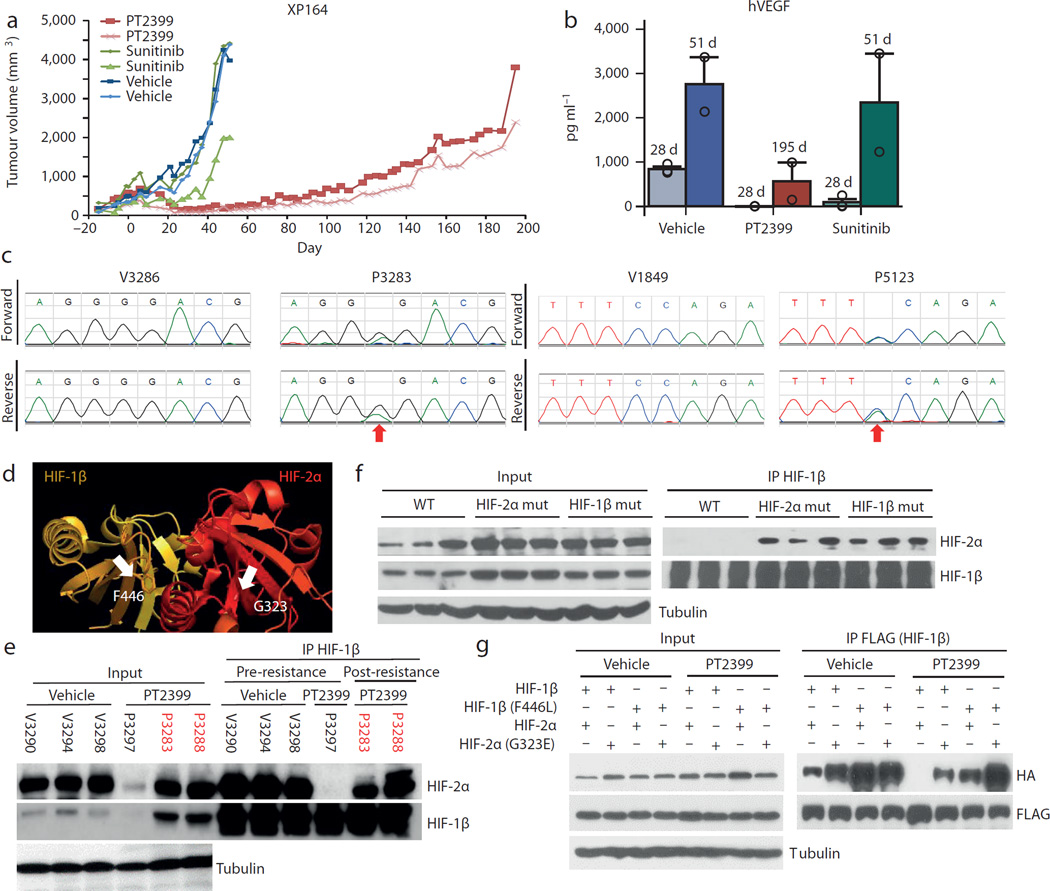Fig. 4. Acquired resistance following prolonged PT2399 exposure.
a, Tumor volumes from a cohort of mice of the XP164 tumorgraft line treated with vehicle (blue lines, n=2; V3286 and V3299); sunitinib until the development of resistance (green lines, n = 2; S3295 and S3296; compare to Fig. 1d); or PT2399 (red lines, n = 2; P3283 and P3288). b, Circulating human VEGF levels in mice treated for the indicated number of days (d) showing increased tumor-produced VEGF with development of resistance (all bars, n = 2). c, Bidirectional chromatograms from tumorgrafts developing resistance compared to controls: P3283 (c.968G>A in EPAS1 [HIF2A] leading to a G323E) and P5123 (derived from P3288; c.1338C>A in ARNT [HIF1B] leading to a F446L). d, Crystal structure of PAS-B domains from HIF-2α bound to HIF-1β (PDB entry 4ZP428) highlighting side chains of G323 (lining opening of PT2399 binding pocket in HIF-2α) and F446 (in HIF-1β at the interface with HIF-2α). In another structure (PDB entry 4GHI18) quaternary arrangement between HIF-2α and HIF-1β PAS-B domains differs, but F446 remains at the interface. e, HIF-1β IP from XP164 tumorgrafts before and after (red) development of resistance showing reformation of HIF-2α/HIF-1β complexes following the acquisition of resistance (V, vehicle; P, PT2399). f, HIF-1β IP from tumors of mice with HIF-2α or HIF-1β mutations (or wild-type controls) treated with PT2399 (n=3 mice per group). g, FLAG IP from HEK293T cells transfected with plasmids encoding FLAG-tagged HIF-1β (FLAG-HIF-1β; FLAG-HIF-1β-F446L) or HA-tagged HIF-2α (HA-HIF-2α; HA-HIF-2α-G323E) and treated with either vehicle or PT2399. See Supplementary Fig. 1 for gel source data.

